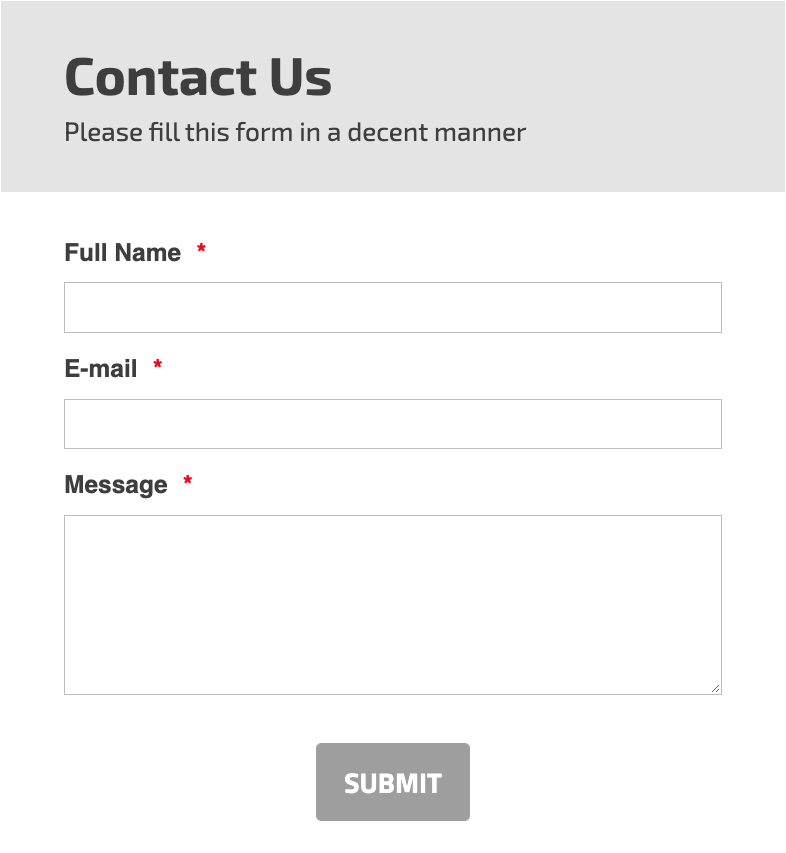4 stages of marketing funnel
- Awareness
- Consideration
- Decision
- Retention
Marketers have long used the marketing funnel to describe the journey prospects take as they move from browsers to customers — and hopefully repeat customers. The funnel encourages marketers to focus on the needs of prospects or customers at each particular stage of the process and nudge them along the path to conversion.
With the rise of digital marketing, businesses are increasingly turning to marketing funnel automation tools to make their work easier.
From a practical standpoint, marketing funnel automation saves you time and money by shifting repetitive tasks from your team members to the automated system.
Strategically, marketing funnel automation helps you make sure contact opportunities and follow-ups don’t fall through the cracks — that way, you can keep the whole customer journey moving along smoothly.
In this post, we’ll give an overview of the marketing funnel and examples of how you can automate your marketing at each stage.
If you’d like to learn more details about automating your digital marketing funnel check out our article: digital marketing workflow!
What is the marketing funnel?
The marketing funnel is a series of four distinct stages in the customer journey:
- Awareness. Before prospects can buy from you, they have to know you exist. You create awareness through advertising and building your brand.
- Consideration. Once prospects know about your business, educating them about how your products and/or services meet their needs helps move them toward making a decision.
- Decision. Often referred to as conversion, a prospect reaches this stage when they make a purchase — which turns them into a customer.
- Retention. The best customers are repeat customers. Nurturing customers after the sale with follow-up contacts, offers, and service helps ensure they’ll keep doing business with you in the future.
How can you apply marketing automation at each stage of the funnel?
- Awareness. Before setting up automation, you have to build your list of leads. One way to do this by offering content that visitors to your site can access (through an email or a download) when they provide their contact information.
You can build your lead list with the help of Jotform’s contact form templates — they integrate with most popular email marketing platforms and help you collect the information you need.
Any site visitor who responds to an offer becomes a lead, and the offer helps them get acquainted with your brand.
Capturing the lead triggers a conversion automation process. Now you can use the lead’s email address to contact them with information about your business, products, and services.
- Consideration. Several automated processes can help move leads through the consideration phase of the funnel:
- Automated workflows based on timing, segmentation, and personalization allow you to send tailored offers and promotions that appeal to each individual lead.
- Automated emails sent to any site visitor who, for example, abandoned a shopping cart before making a purchase or left a landing page before completing an action can encourage them to reengage.
- Automated A/B tests of your messages/campaigns can help you identify the most relevant or useful content and increase your conversion rates.
- Automated drip campaigns can further familiarize leads with your business and offers in more detail.
- Automated lead scoring can identify the strongest or most promising leads by assigning points for actions the lead takes. The system then hands off the strongest leads to sales for conversion.
- Decision. By this point in an automated marketing funnel, the sales team is working with the strongest leads you’ve identified so far. Marketing automation can help close the deal with several processes:
- Sending an automated email that includes a link to the salesperson’s meeting calendar or contact info so leads can quickly set up a phone or in-person meeting
- Enticing leads to convert with a discount, coupon code, or other incentive
- Sharing testimonials, case studies, or impressive statistics to demonstrate how your business has helped others address their needs
- Retention. Once a lead has become a customer, it’s well worth the effort to try to convert them into a repeat customer. These marketing automation processes can help you engage customers after the sale:
- Automated thank-you emails with tips, links to tutorials, or other important information to build customer satisfaction from the beginning
- Automated onboarding emails to help users get accustomed to using your product or service
- Automated emails for upselling and cross-selling — which can spin off into new automation workflows that help drive revenue
- Automated customer appreciation emails offering discounts sent on the anniversary of purchase or when introducing new product offerings
These are just a few ways that marketing automation funnels can increase conversion rates. By making sure that no potential leads fall through the cracks and you follow up at the right time, marketing automation can move leads through your sales funnel more efficiently and effectively — with less effort and cost.

















Send Comment: